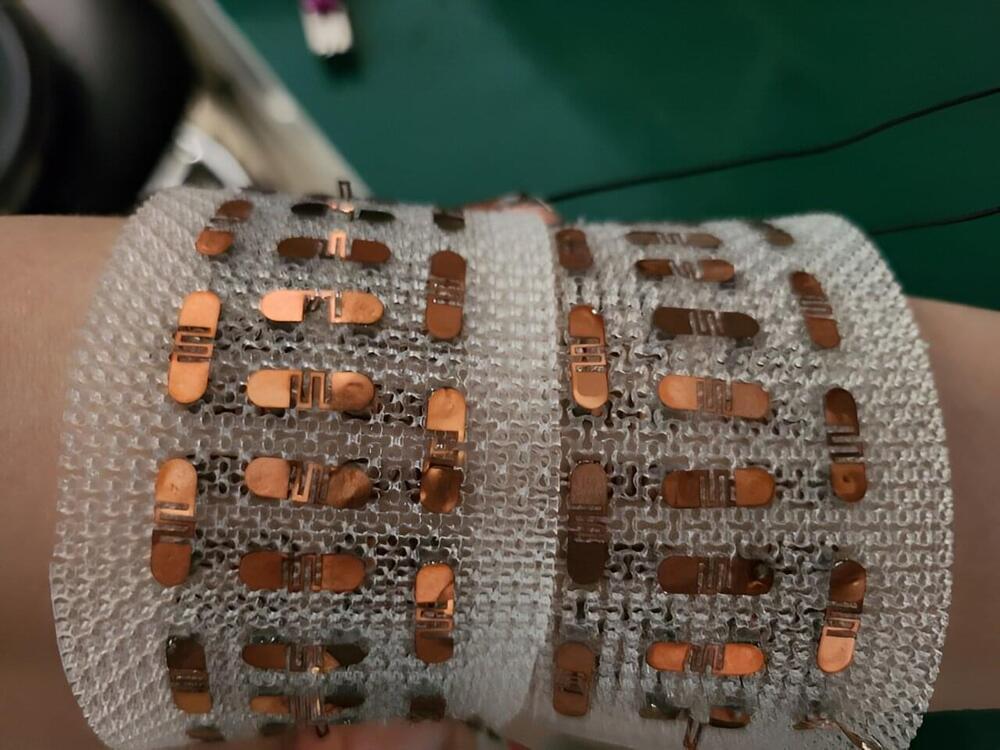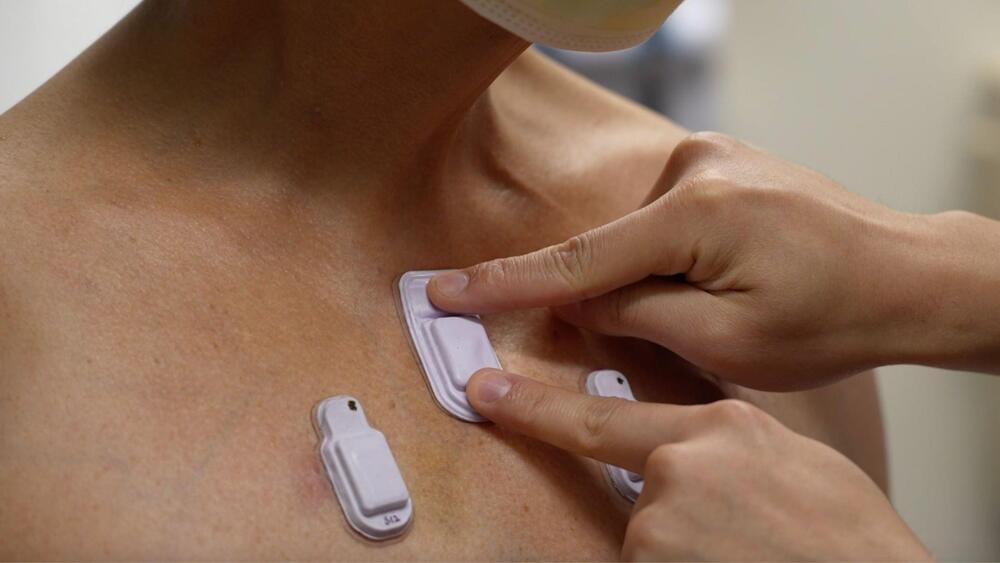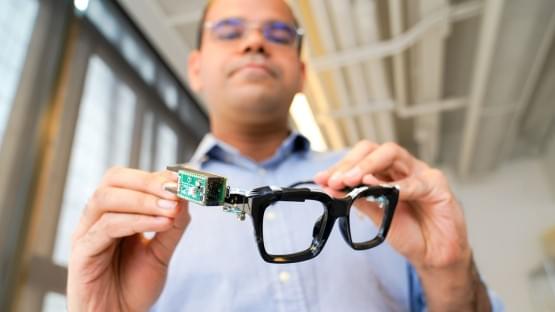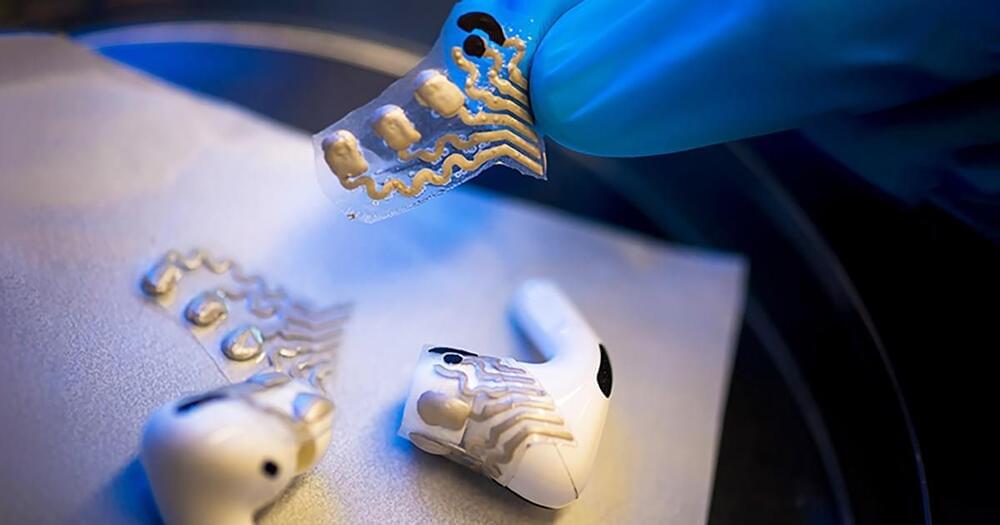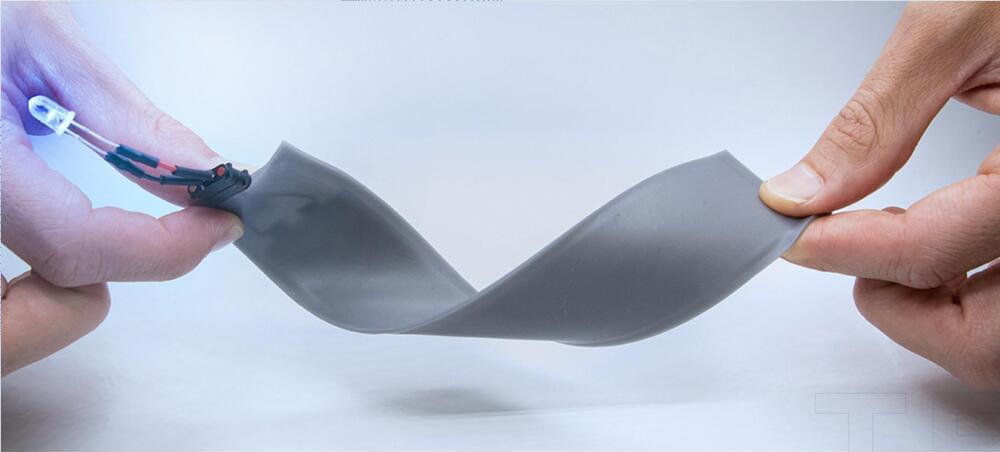Dr. Hyekyoung Choi and Min Ju Yun’s research team from the Energy Conversion Materials Research Center, Korea Electrotechnology Research Institute (KERI), has developed a technology that can increase the flexibility and efficiency of a thermoelectric generator to the world’s highest level by using “mechanical metamaterials” that do not exist in nature. The research results were published in Advanced Energy Materials.
In general, a material shrinks in the vertical direction when it is stretched in the horizontal direction. It is like when you press a rubber ball, it flattens out sideways, and when you pull a rubber band, it stretches tightly.
The amount of transversal elongation divided by the amount of axial compression is Poisson’s ratio. Conversely, mechanical metamaterials, unlike materials in nature, are artificially designed to expand in both the horizontal and vertical directions when it is stretched in the horizontal direction. Metamaterials have a negative Poisson’s ratio.
